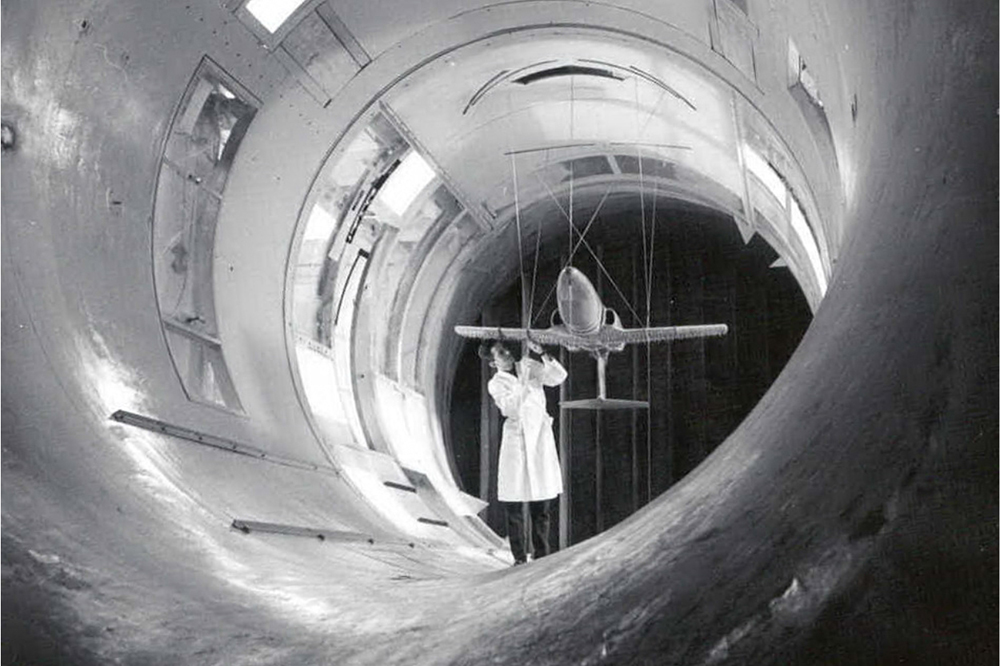Facts: LT1 – Low-speed Tunnel 1
Low-speed tunnel means that the tunnel cannot produce supersonic wind. But we are still talking about extreme forces – LT1 is quite capable.

Fan Capacity
1,4 MW
Dedicated Power Supply
6,6 kV
Wind Speed
-80 m/s (-288 km/h)

 Svenska
Svenska



